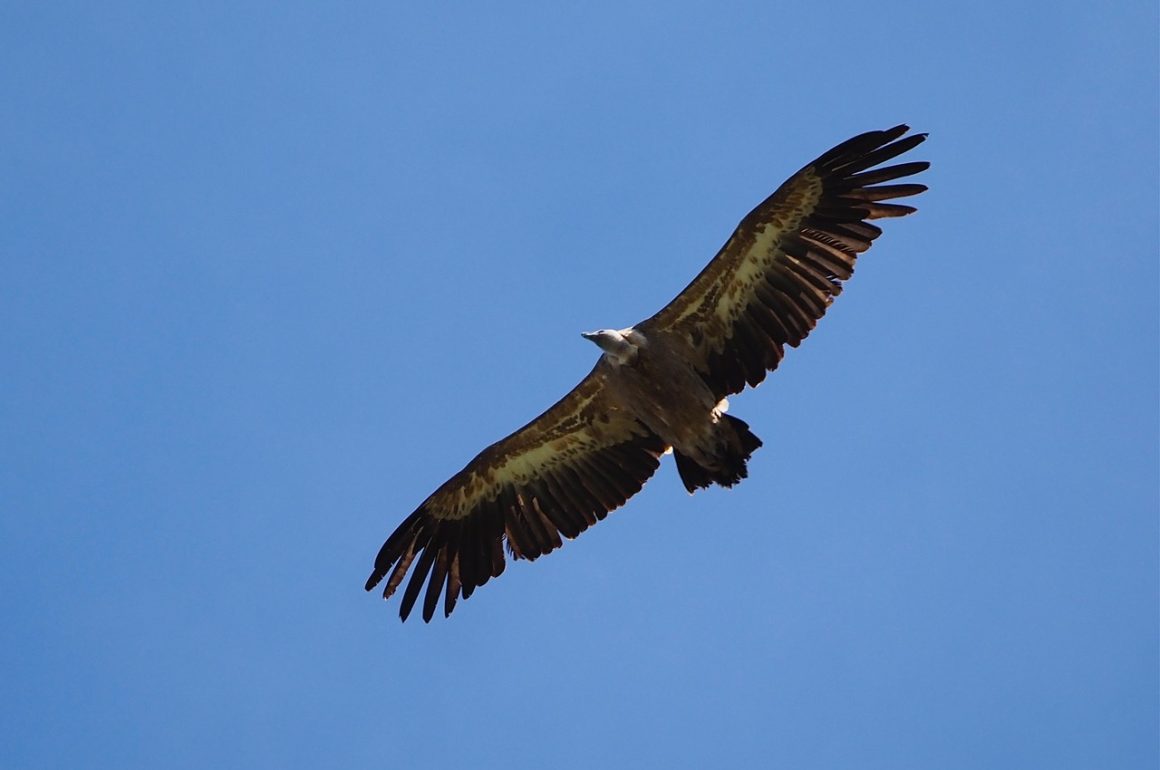
As names go, the Parque Natural Hoces del Alto Ebro y Rudrón isn’t the snappiest. It’s a spectacular area of deep gorges in Northern Spain where the Rivers Ebro and Rudrón have, over millions of years, cut their way deep into the limestone, forming a series of impressive steep-sided canyons (hoces) and gorges, with narrow, forested bottoms overshadowed by impressive rocky cliffs. It’s in the far north of the province of Castile and León, just south of Cantabria. The park was formed in 2008, and covers over 45,000ha (111,150 acres). It’s an area little visited by tourists, let alone British birdwatchers, yet is less than a two-hour drive south of Santander airport, which is just a 90-minute flight from London.
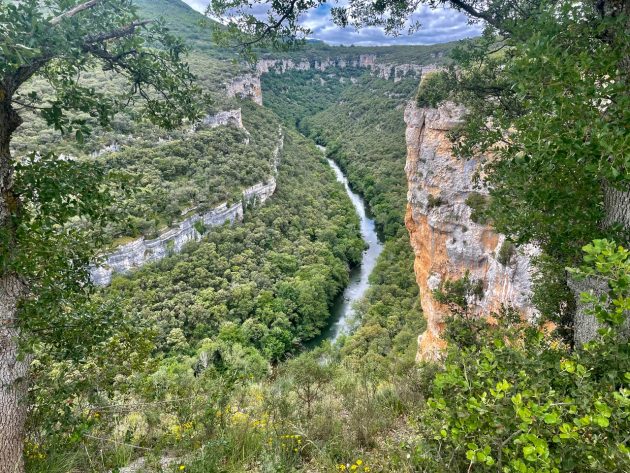
The Valle de Sandano in the Parque Natural Hoces del Alto Ebro y Rudrón. The scenery is spectacular
Over the years I’ve been lucky enough to have travelled widely in Spain, but though I’d been close, this was an area I had never travelled in before until earlier this month, when I made my first visit. The trip was a brief one – just seven days, which includes time spent on the coast and in the rugged and ancient Cantabrian mountains. It wasn’t long, but it was sufficient to give a chance to explore a little of this wild and largely untouched area, and to see a selection of birds and a few butterflies.
Spain is predominately a dry country, but not in the north, where the mountains of the Picos de Europa and the Cantabrians receive high rainfall, with successive fronts rolling in from the Atlantic Ocean. It’s the sort of weather an Irishman would feel at home with. The Parque is in the rain shadow of the mountains to the north, but it still receives plenty of rain and, in the winter, occasional heavy snowfalls. It rained during our visit, and when the sun did shine it was tempered by a chilly wind; it didn’t stop us seeing birds, though we didn’t do so well with butterflies.
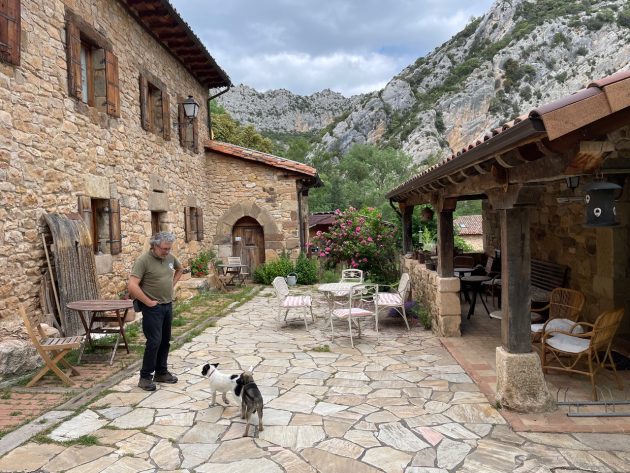
One of the attractions of visiting the area was there chance to stay at the Posada Molino del Canto, a delightful rural hotel run by Javier Morala (above), who happens to be a passionate birder. He subtitles his posada Bed, Breakfast and Birds, which is a little misleading as he cooks very good dinners, too, but if you want to know anything about the birds of the area and where to find them, he is your man. He will take you out for an escorted day’s birding too, something which, with hindsight, we should have done, as nothing beats local knowledge.
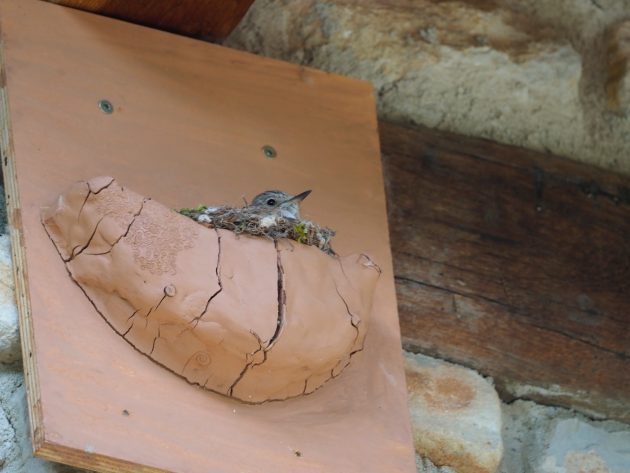
A Spotted Flycatcher in her nest above the front door of the Molino del Canto
Molino del Canto is in a typical deep gorge, with the Ebro flowing past just a stone’s throw from the front door. It’s one of those wonderfully remote places where there’s no passing traffic, and the only sounds to break the silence are the songs of birds and the flow of the mighty river. Griffon and Egyptian Vultures soar overhead, along with Short-toed Eagles and Black Kites. Crag Martins, the chunkiest of Europe’s swallows, hawk over the river, while in the garden you can find a host of birds more typical of northern Europe than Spain, such as Bullfinch, Nuthatch and Great Spotted Woodpecker, along with a few that we rarely see in England, such as Firecrest, Golden Oriole and Serin. There was a pair of Spotted Flycatchers nesting (in a box made by Javier’s daughter) just above the front door. Javier’s garden list is over 100 species, and includes such delights as Lammergeier and Wallcreeper, though these two species are winter birds, so we weren’t going to see them.
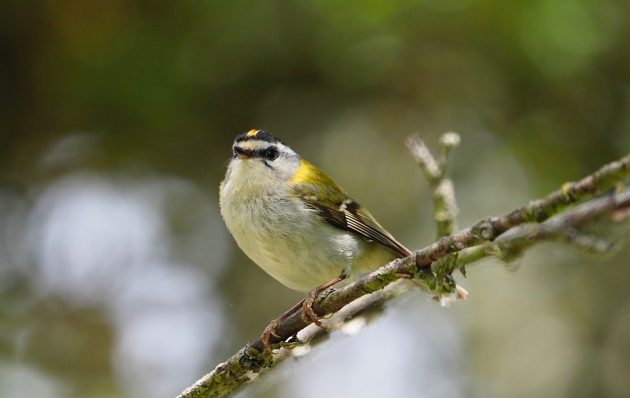
A Firecrest photographed in the garden of Molino del Canto
Though both Wolves and Brown Bears can be found not far away, there was no chance of us seeing them during our short visit, but one evening, after dinner, I walked down to the Ebro and glimpsed a pair of Otters fishing in the river.
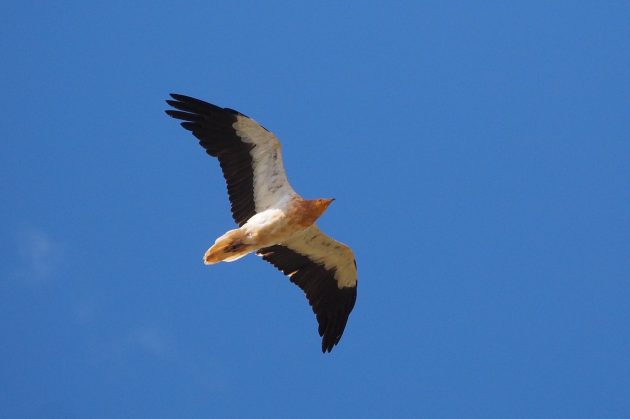
Egyptian Vultures have a healthy population in this area of Northern Spain
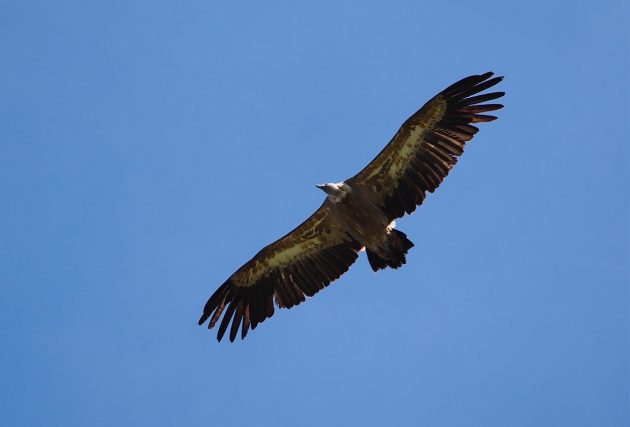
Griffon Vultures are one of the most characteristic of the birds of the Parque
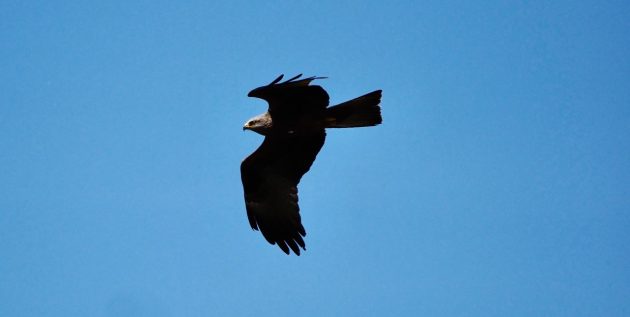
Black Kite: a common summer visitor to the area
As a birdwatching base, Molino del Canto is perfect, as you are in the heart of the Parque. The challenge for us was how many of the special birds we could find in our two full days here. The Griffons and Egyptian Vultures were easy, so too, were Booted and Short-toed Eagles, but frustratingly we failed on Golden Eagles, though Javier told of us of local pairs. Golden Eagles have large territories, so it’s a matter of luck connecting with one, and that luck wasn’t with us. As for Bonelli’s Eagles, Javier told us that the population had collapsed this century from 10 pairs to just one, so this was one bird we didn’t expect to see. In England we are now used to seeing Red Kites, but here the common kite was the Black, a successful and abundant species. There were also Honey Buzzards, common birds here, but a bird that has a special fascination for British birders, as they are rare and elusive in Britain.
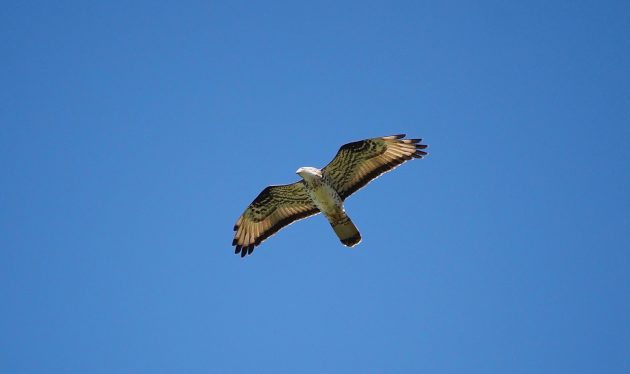
British birders always enjoy finding Honey Buzzards
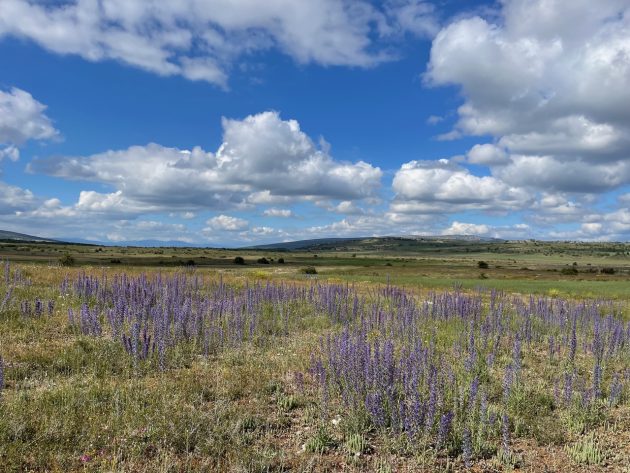
Merindad de Valdivielso, a typical moorland area with breeding Iberian Grey Shrikes and both Hen and Montagu’s Harriers. Choughs like to feed here. This attractive area is just outside the perimeter of the Parque Natural, to the east of the CL-629
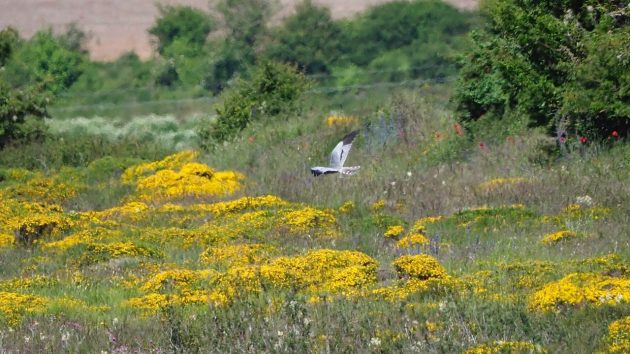
A cock Montagu’s Harrier – always a beautiful bird to watch
Above the gorges are extensive areas of high-altitude moorland, very different from the moorland we have in England which I wrote about last week. They do, of course, have their own special birds. Both Hen Harriers and Montagu’s Harriers breed, but the weather was against us as we hunted for these handsome raptors, and it was only on our last morning that we finally connected with a couple of splendid cock Montagu’s Harriers. Neither presented good opportunities for photography, but it was a delight to watch these handsome birds hunting.
Iberian Grey Shrikes nest on the moors, along with Stonechats, Northern Wheatears and Skylarks, the last three also typical of the English moors. If you’re lucky you might find Little Bustards and Stone Curlews (we weren’t), but we enjoyed listening to Tree Pipits, Woodlarks and Quail. There were Choughs here, too, and I was surprised to find a flock of red-billed Choughs together with a pair of yellow-billed Alpine Choughs. Javier told us that Alpine Choughs are irregular here, so this was a good record.
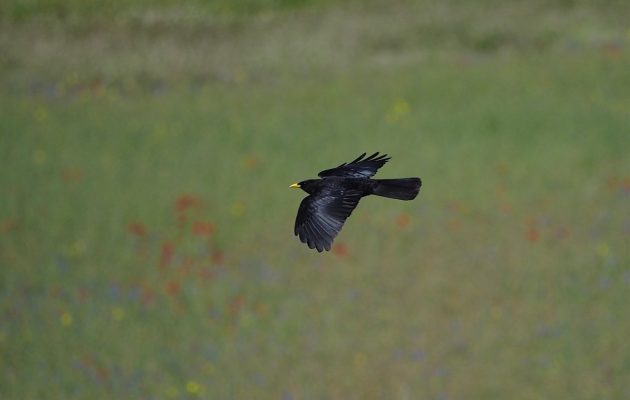
This Alpine Chough wasn’t a bird I expected to find
There aren’t many villages in the Parque, but in those there are you can expect to find White Wagtails and Swallows, Black Redstarts and Spotless Starlings, along with the inevitable Collared Doves and House Sparrows. One village, Dobro, was reputed to have breeding Rock Sparrows, but we failed to find them. I never did see a Rock Sparrow during this trip, but I did manage to hear birds calling in one of the canyons.
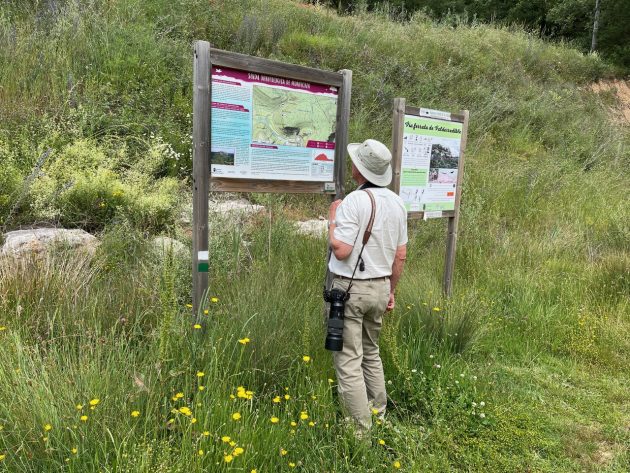
The board explains (in Spanish) about the Senda Ornitológica de Montecoza, and its most important breeding birds
Butterflies are a special interest of mine, I was hoping to find a good variety, but these insects are sun lovers, and without sun they are impossible. There were just a couple of sunny intervals which allowed a little butterflying, and I found Small, Common and Adonis Blues, Southern Grizzled and Small Skippers and a Southern Marbled Skipper. There was just one fritillary, a Queen of Spain, the easiest to identify of all the small fritillaries, and a single Scarce Swallowtail. During the week I noted a mere 21 species of butterflies: given better weather I would have expected three times that.
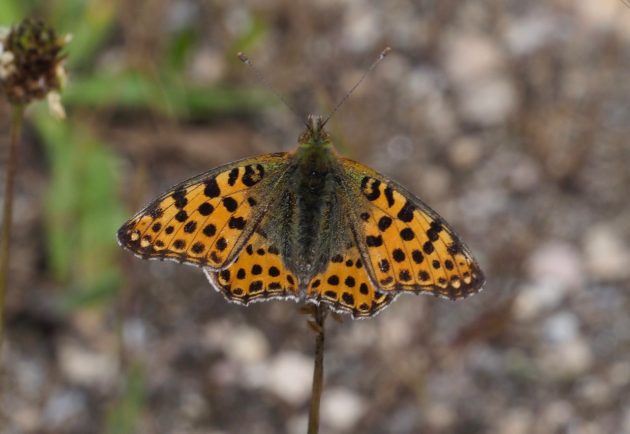
Queen of Spain Fritillary
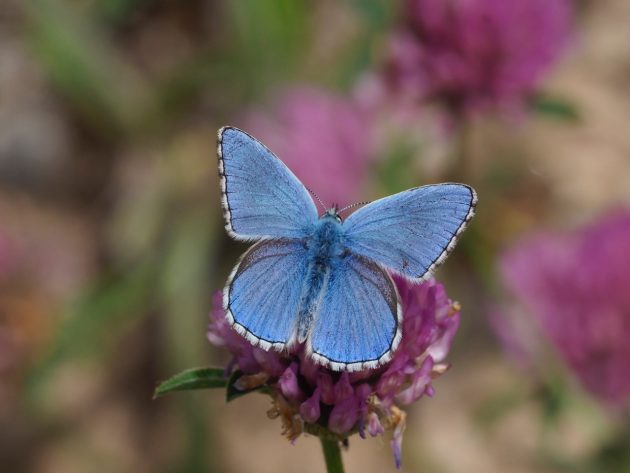
The brightest of the blue butterflies: an Adonis Blue
Birdwatching isn’t just about listing species and finding rarities. Much of the pleasure of this trip came from the delight of watching soaring vultures in such splendid and spectacular surroundings, not to mention returning to the Molino del Canto each evening for a gourmet dinner and a glass (or three) of the local wine. The Parque Natural Hoces del Alto Ebro y Rudrón is far too rugged and challenging a place to reveal more than a fraction of its avian delights in just two or three days: I will have to return.



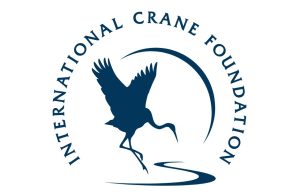
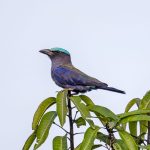
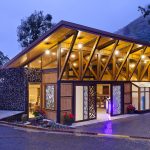
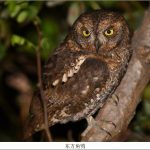
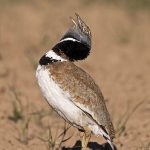
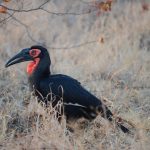
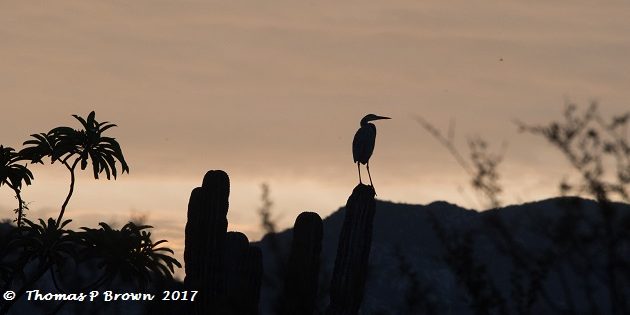
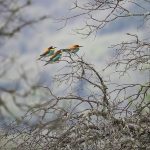
Great post again – makes me want to go there. If one adds all the recent Spanish posts one gets a good guidebook to the lesser known Spain (and Portugal I hasten to add)!
I’ve been lucky enough to travel widely throughout Europe: I rate Spain as the No 1 country for birds in Western Europe, as there is such a variety of habitats, from high mountains to steppe, marshes to river deltas. There are still many wild areas, too, while an added bonus is the excellence of the wine.
Good to know …